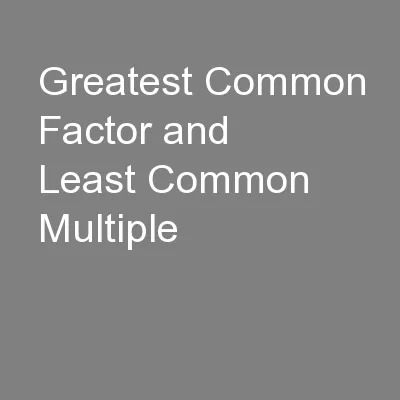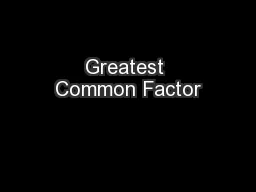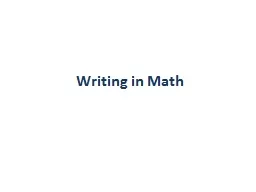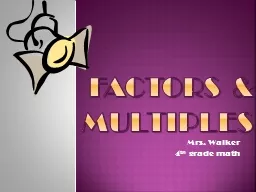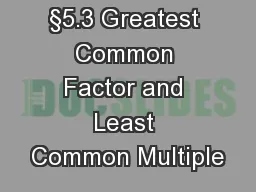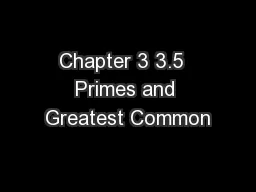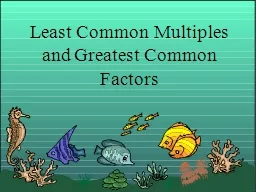PPT-Greatest Common Factor and Least Common Multiple
Author : phoebe-click | Published Date : 2016-04-29
How do you find them WarmUp At the beginning of the summer Lauren had a balance 25 in her bank account She saved a total of 145 from her summer job which she deposited
Presentation Embed Code
Download Presentation
Download Presentation The PPT/PDF document "Greatest Common Factor and Least Common ..." is the property of its rightful owner. Permission is granted to download and print the materials on this website for personal, non-commercial use only, and to display it on your personal computer provided you do not modify the materials and that you retain all copyright notices contained in the materials. By downloading content from our website, you accept the terms of this agreement.
Greatest Common Factor and Least Common Multiple: Transcript
Download Rules Of Document
"Greatest Common Factor and Least Common Multiple"The content belongs to its owner. You may download and print it for personal use, without modification, and keep all copyright notices. By downloading, you agree to these terms.
Related Documents

